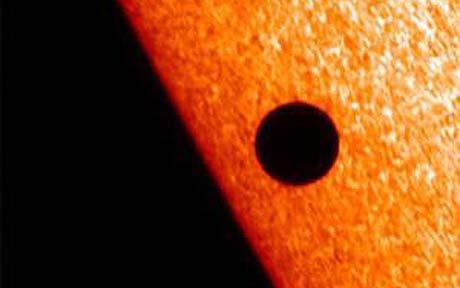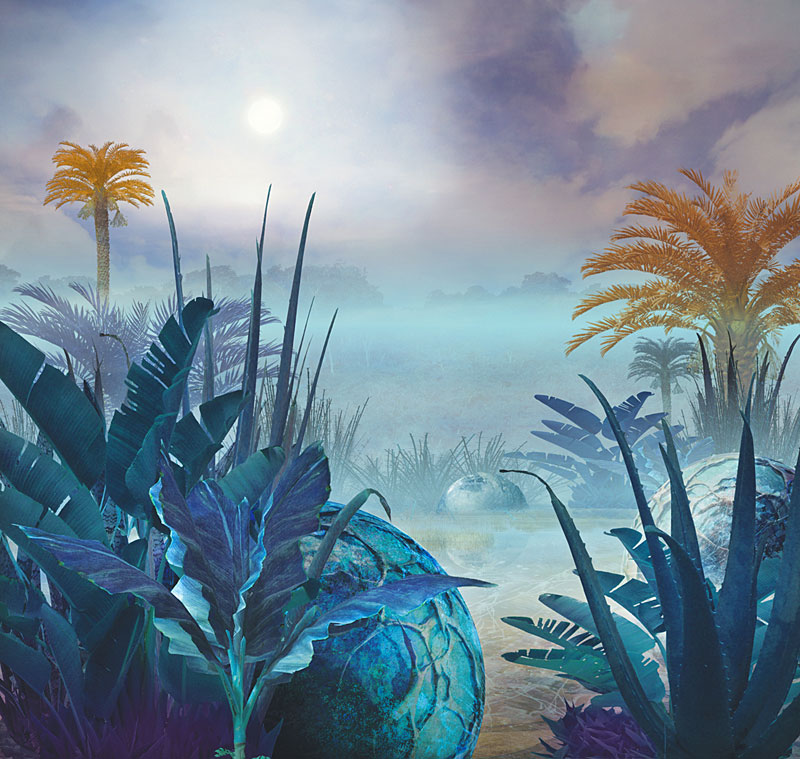An extra-solar planet, or “exoplanet”, is a planet that orbits a star other than our own. To search for life beyond our Solar System, one of the first steps is finding an exoplanet that might be able to support life. Once such a planet is detected, the scientific challenge is to determine how to recognize — across the vast distances of interstellar space — whether that planet really could (or does) support life. UWAB faculty and students working in this research area are developing new techniques to search for and detect exoplanets, combining computer models and data from different fields to determine how planets become habitable, and examining how that habitability is maintained or lost over time. UWAB researchers also work to identify astronomical biosignatures, the global signs of life that could someday be detected on exoplanets.
Planetary Detection

UWAB researchers search for exoplanets with both ground-based and space-based telescopes, and have pioneered new techniques for finding and characterizing planets. These include using gravitational interactions between transiting planets, which is being applied to data from NASA’s Kepler mission to discover planets that are only slightly more massive than the Earth. UWAB students have applied sophisticated statistical methods with stellar models to obtain near Kepler-like photometry with data from the poorer-precision successor mission, K2. The Spitzer Space Telescope has also been used by UWAB faculty and students to produce the first thermal infrared map of a giant exoplanet.
Habitability And Biosignatures

The UWAB community also encompasses the Virtual Planetary Laboratory (VPL) team of the NASA Astrobiology Institute and Nexus for Exoplanet System Science, NExSS. This interdisciplinary team focuses on understanding exoplanet habitability and biosignatures. To do this, UWAB faculty and students — with national and international collaborators — use a comprehensive suite of VPL and individually-developed computer models to simulate the formation, orbits, tides, atmospheres, and atmospheric evolution of extra-solar planets. These computer models, in combination with astronomical and planetary observations, explore the effects on habitability of radiative and gravitational interactions between a terrestrial planet, its parent star, and other planets in its planetary system. UWAB faculty and students also use computer models, laboratory measurements, and field work to explore the interplay between life and its environment, to learn how to identify biosignatures using exoplanet spectra.
Planets Around M Dwarfs: The First Opportunity To Characterize Potentially Habitable Exoplanets

The first opportunity to use observations to characterize small exoplanetary environments for signs of habitability — and perhaps even biosignatures — will be with the James Webb Space Telescope, which will observe small planets orbiting nearby M dwarf stars, which are smaller, cooler, redder, and much more abundant than stars like our Sun. JWST will provide UWAB researchers and the exoplanet community the opportunity to test and refine computer models, confirm or disprove theories and hypotheses about the alien environments that may exist around M dwarf stars, and likely surprise us with unexpected environments. The detection of habitable environments or biosignatures around these alien stars would provide new insight into the distribution of and potential for life in the Universe.
